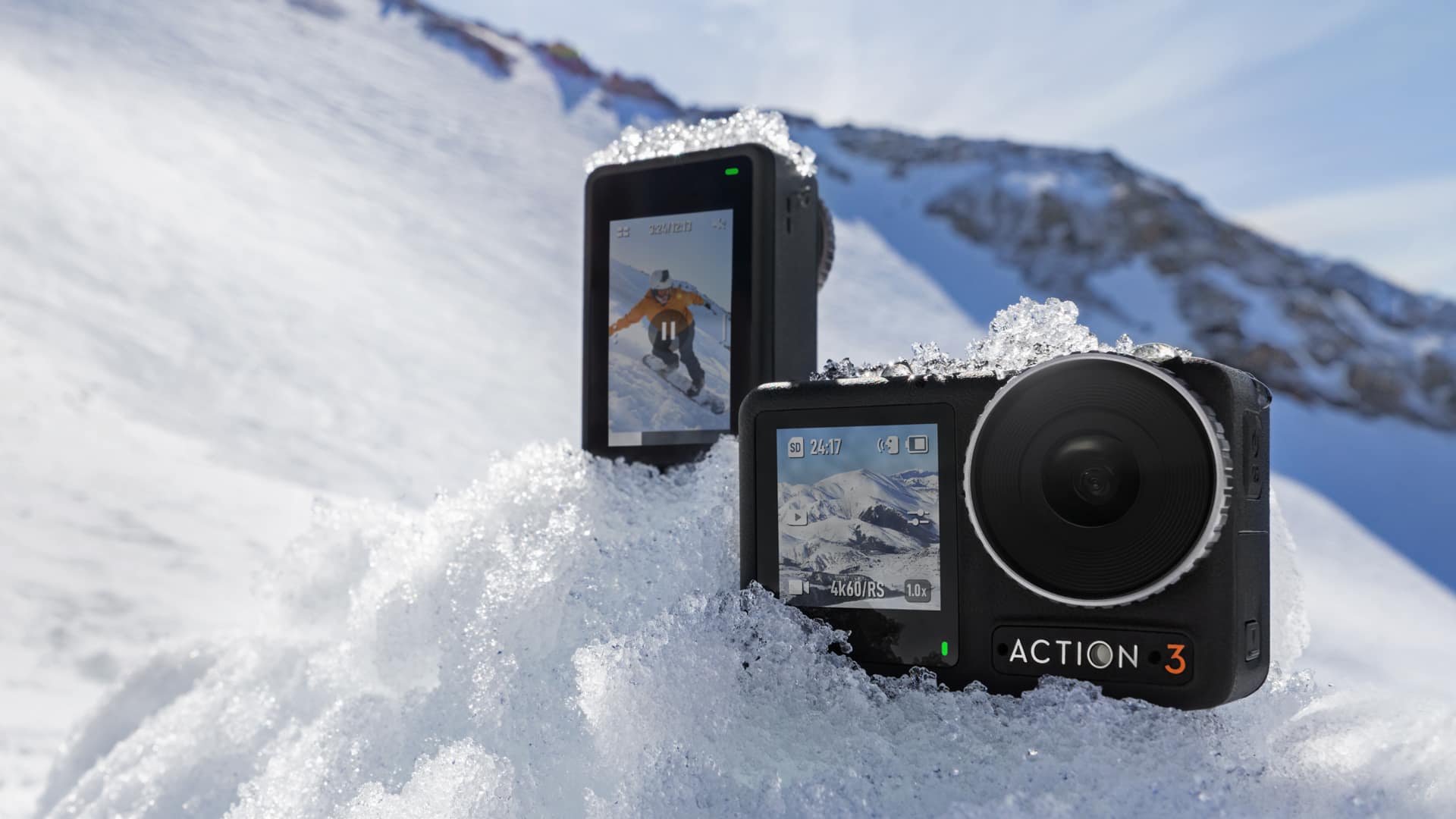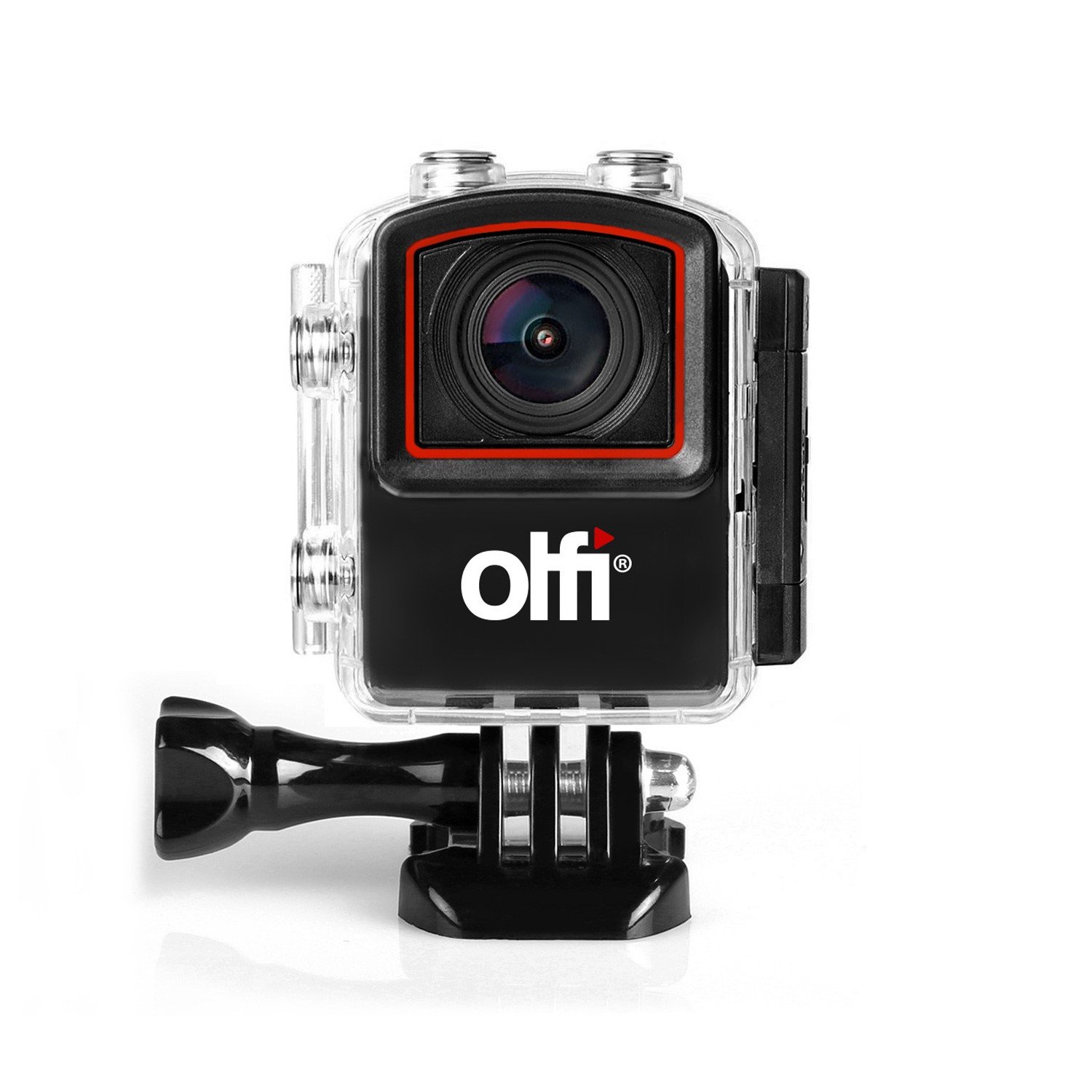
Our recent article about GoPro's recent price drop prompted some discussion in the comments about pricing in general. Why can some cameras be sold cheaply, while others are at a premium?
Action cameras are very popular, and so unlike professional systems they tend to sell large numbers of units. For example, according to Statista, GoPro sold around 2.8 million units in 2022, although that was a lot lower than the 6.58 million units the company sold in 2015.
Increased competition has encroached on the company's sales over the years, not just from DJI and Insta360, but from an increasing number of very inexpensive models, often costing as little as a few tens of Dollars. As we've seen from the previous article's comments, some believe that these budget models can do everything the expensive premium brands can. I've had this discussion elsewhere, too, with proponents of the budget cameras being absolutely adamant that there's nothing a GoPro or DJI camera can do that their £30 budget device can't.
I'm going to say it outright that such a notion is simply wrong, and I'll outline why. However, for now, let's look at how some action cameras can be so much less expensive. Much of this will be true of other products such as laptops and other camera equipment as well.
Off the shelf components
It's relatively easy, as things go, to make an action camera these days. Chip manufacturers such as Ambarella make SOCs that have pretty much all the features needed on chip to get started. Even DJI used Ambaralla chips in its original OSMO Action, although we don't know what's being used in the Action 2 or 3. Insta360 apparently uses a 4-core Ambarella Cortex A53 in its cameras. Now, companies like DJI and Insta360 do invest a lot of time and effort into making features like their electronic stabilisation every bit as good as GoPro. They invest a lot of time and effort into making other features work just as well, too, which is why those makes are also not in the bargain bin at your local Lidl.
The budget action camera manufacturers don't make this type of time and cost investment. Huge swathes of very low cost action cameras generally use the same chipsets, or similar, to one another. Some likely use exactly the same internals. If you're using off the shelf components, and you're not investing much time and money into making highly sophisticated features, then of course you'll be able to sell at a much lower price.
You can see the differences very clearly when you look at the overall performance of the premium brands vs the budget ones. Sometimes budget brands have okayish stabilisation, but it usually comes at the cost of a very narrow angle of view and movement glitches. In contrast the premium cameras can retain a very wide angle of view for POV and feature incredibly good stabilisation. In some discussions I've had recently, my debating opponent has sometimes made claims along the lines of "well, I don't need features like the stabilisation". However, if we take that to its logical conclusion, we could say we don't need 4K modes, or slow motion, or cache record, or 10-bit colour, or indeed any other significant features. In fact, why don't we just go back to having a non-stabilised camera with only one recording mode, 720p, while still claiming that it's as good as a HERO11?
If that sounds ridiculous, it's because it is.
Other limitations
The budget cameras usually have other limitations as well, such as higher noise levels, over sharpening, low dynamic range, poorer auto exposure, poorer audio, compression banding despite sometimes having advertised high bitrates, and in some cases the claimed 4K image in fact turns out to be merely in-camera upscaled 1080p. Most of them still require additional waterproof housings to use in the water, something the premium brands ditched the requirement for a long time ago. Even if we consider the better ones, one thing that pretty much all low cost action camera brands have in common is that they are all several generations behind the premium brands.
You wouldn't expect anything else. Further, GoPro has added costs on top of the other manufacturers because its cameras contain its own proprietary processor. Designing your own chips, or at least having custom chips being designed and made for you, has implications and added costs, which as you'd expect get passed onto the consumer. The price of a camera is much more than the sum of its parts. It's the R&D costs involved, paying the best people in the business to produce and design the product, making that money back plus profit that can be reinvested in the next product and so on. Of course, it's more complex than that, but the point is that budget manufacturer's R&D and production costs are much less.
Are we corporate shills?
Often, publications like RedShark get accused of being in the pocket of manufacturers, as if it's all a big conspiracy that we don't promote the budget cameras because we want to protect the big boys. If you think about that, it's absurd from the outset. We're camera users here as well, and I can assure you that if I ever came across a low budget action camera that was every bit as good, or even approaching as good as a GoPro, DJI or Insta360 camera for a tenth of the cost, even if it was a couple of generations ago, I'd be absolutely raving about it here.
The fact is that we'd all like to think we've stuck it to the big manufacturers, ya boo sucks to you, by getting hold of a micro-priced bargain equivalent, but there's another truth, and that's that if something sounds too good to be true, it usually is.

One budget camera I can recommend: The Welsh designed Olfi. Image: Olfi.
Now, before everyone piles onto me claiming that I'm criticising anyone who decides to buy a budget camera or who can't afford a GoPro, I want to make it clear that I am not. For many people the budget cameras will do exactly what they need it for. In a cost of living crisis it has become much harder to justify big spends on luxury items, and so it's going to be the case that lots of people will want to seek out less pricey alternatives. And, if you look around there are cameras that don't cost an arm and a leg, but that also work very nicely for the price, such as the Welsh designed Olfi system. It's not an equivalent to the latest from the top three, but it will do a heck of a lot for the money, giving users the most important features, and that's all that a lot of casual users will ask of it.
However, to finish, can we please stop pretending that it's possible to get the performance of a McLaren Senna GTR for the price of a Dacia Sandero?


Comments